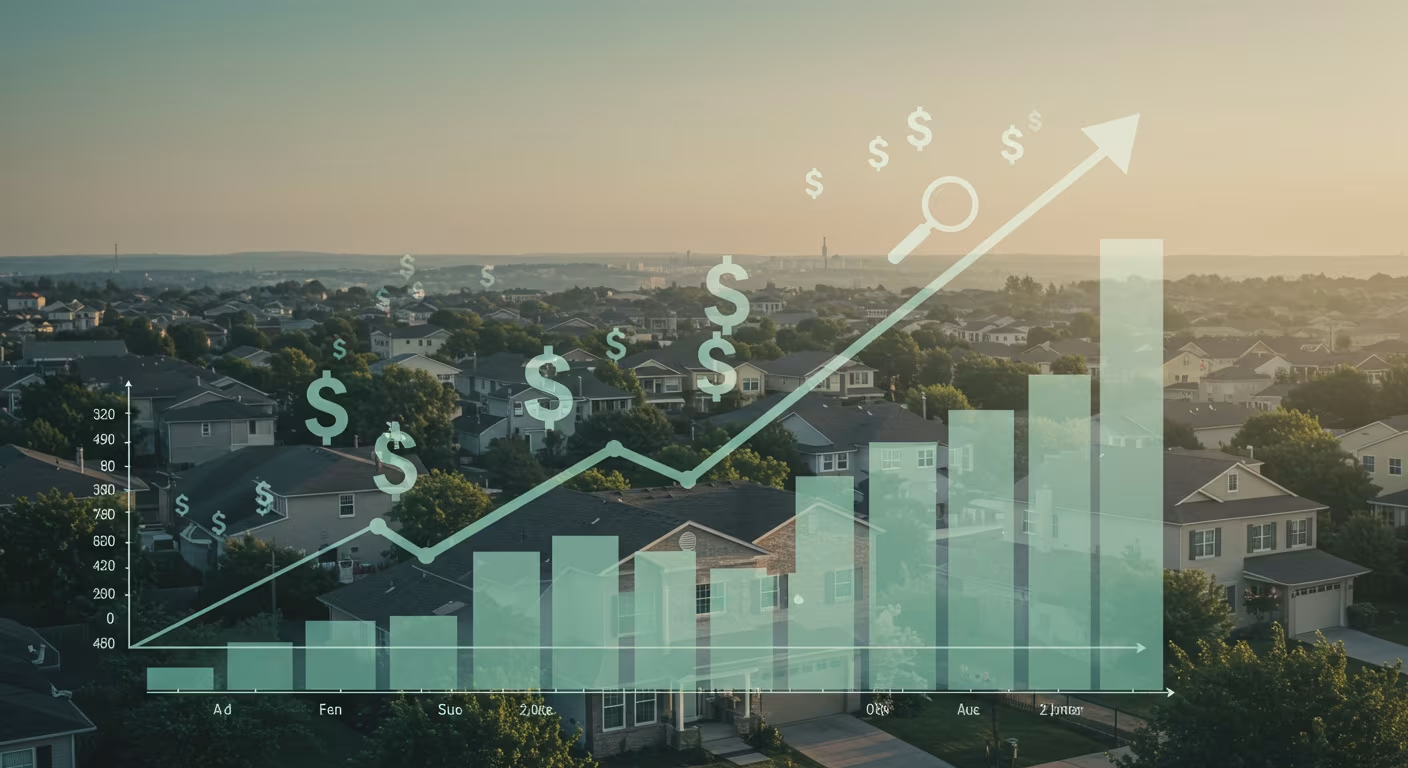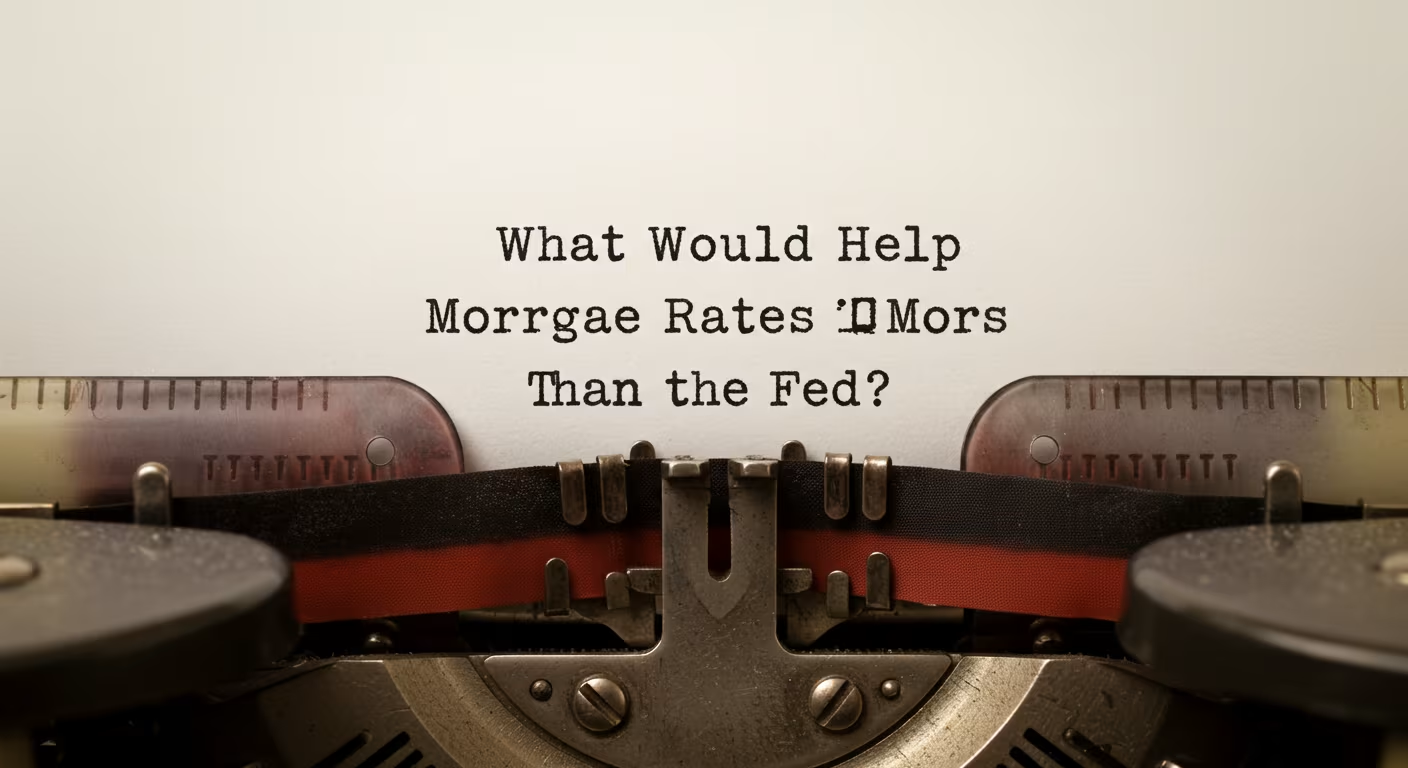The U.S. housing market has always been shaped by cycles of growth, stagnation, and correction. But in 2025, price growth is entering a new chapter marked by deceleration, regional divergence, and shifting economic conditions. After years of unprecedented surges in home values, many Americans are wondering: what’s next for price growth?
To answer that, we need to examine what drives housing prices, what has changed recently, and what homebuyers, investors, and sellers can expect as we head deeper into this transitional period.
What Is Price Growth in Real Estate?
Price growth refers to the percentage increase in the value of residential properties over a specific period—typically measured year-over-year. It’s an essential indicator of housing market health. Moderate, consistent price growth often signals a balanced market. On the other hand, rapid appreciation may suggest overheating, while price declines may reflect cooling or distressed conditions.
In recent years, price growth has been influenced by a unique mix of economic shocks, supply chain issues, inflation, interest rate hikes, and demographic shifts. The result? A real estate environment that looks quite different from the pre-pandemic era.
The Post-Pandemic Boom and the Slowdown
Following the COVID-19 pandemic, the U.S. experienced one of the sharpest home price increases in modern history. Fueled by historically low mortgage rates, record demand, and tight inventory, home values surged by over 30% nationwide between mid-2020 and mid-2022.
However, this boom was not sustainable. By late 2022 and into 2023, the Federal Reserve began aggressively raising interest rates to combat inflation. Mortgage rates more than doubled in some cases, chilling buyer activity. In 2024, price growth began to slow but didn’t collapse, largely because supply remained constrained.
Now, in 2025, the market has entered a period of modest, uneven growth.
Where We Stand in 2025
According to national data from sources like S&P CoreLogic and Zillow, home prices in the U.S. have grown by around 2% annually in 2025. This marks a significant slowdown from earlier years but reflects a more stable, normalized market.
Still, the national average masks important regional variations:
- Sunbelt cities like Phoenix, Austin, and Tampa have seen flat or negative price growth as the post-pandemic boom unwinds.
- Midwestern and Northeastern cities, including Chicago, Cleveland, and Boston, are experiencing moderate gains as they were less overheated.
- Some luxury coastal markets are seeing stagnant growth due to high inventory and affordability challenges.
This dynamic creates a mixed landscape for buyers and sellers, depending heavily on local conditions.
Key Drivers of Price Growth in 2025
Several critical factors are shaping home price trends this year:
1. Mortgage Rates
Mortgage rates have a direct impact on affordability and therefore on home values. In 2025, rates remain high hovering around 6.5% to 6.9%. This has suppressed some demand, particularly among first-time buyers.
Higher rates tend to cap price growth, since fewer buyers can qualify for large loans. However, they also prevent homeowners with low-rate mortgages from listing their homes, contributing to tight supply that can support prices.
2. Inventory Levels
Inventory has been increasing gradually, but remains below historical averages. With around 1 million homes on the market, supply is growing but not enough to meet demand in many areas.
Limited inventory in affordable price ranges is helping to sustain home values, even as buyer enthusiasm cools.
3. Wage Growth and Employment
The job market in 2025 remains strong, with unemployment near record lows. Wages have also improved, though not always in line with housing costs. In some metro areas, wage growth is beginning to catch up with home prices, supporting moderate appreciation.
This is especially true in emerging secondary markets, where prices are lower and wage-to-price ratios are more favorable.
4. Construction and New Builds
Builders have slowly increased output in 2025, but face high material costs and zoning restrictions. Much of the new supply is concentrated in multi-family housing, which affects the rental market more than single-family home prices.
Single-family construction remains limited, meaning that new supply will not be enough to significantly lower prices in the near term.
Price Growth vs. Inflation
An interesting trend is the relationship between housing price growth and inflation. In earlier years, home values were rising far faster than the general inflation rate. But in 2025, housing inflation has slowed and real home price growth (adjusted for inflation) is nearly flat in many regions.
This could indicate that the market is stabilizing—not crashing—but returning to long-term norms. This type of correction is considered healthy, preventing future bubbles and aligning housing prices with economic fundamentals.
The Outlook for the Remainder of 2025
As we move into the second half of the year, most analysts predict that national home price growth will remain between 1% and 3% annually. Some markets may experience small declines, particularly those that overheated between 2020 and 2022.
Mortgage rates are expected to remain high until inflation cools significantly, limiting the upside potential for prices. However, no sharp price collapse is anticipated due to persistent supply shortages and a strong labor market.
Investors are likely to shift toward markets with better affordability and growth potential, such as the Midwest and select Southeastern cities. Meanwhile, first-time buyers may need to adjust expectations or wait for conditions to improve.
Price growth in the U.S. housing market is no longer surging, but it isn’t crashing either. What we’re seeing in 2025 is a rebalancing—a transition toward sustainable levels of appreciation. While affordability challenges remain real, the cooling of price growth may offer some relief to buyers who were previously priced out.
For sellers, this means realistic pricing and smart marketing are essential. For buyers, especially those with financial flexibility, 2025 could offer opportunities—particularly in markets where inventory is rising and prices are stabilizing.
Understanding the broader context of price growth helps all players in the real estate market make informed decisions—grounded not in fear or speculation, but in fundamentals.





